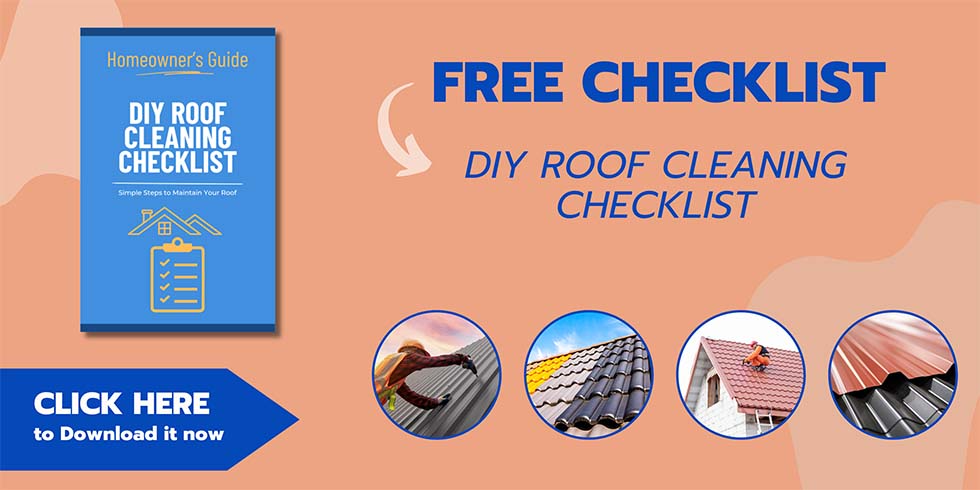Roof warranties are a vital aspect of any roofing project. They provide homeowners with a sense of security and peace of mind, knowing that their investment is protected. However, it is essential to understand the limitations of these warranties and what they do and do not cover.
One of the most significant limitations of roof warranties is that they only cover manufacturing defects and workmanship errors. They do not cover damage caused by natural disasters, such as hurricanes, tornadoes, or earthquakes. Homeowners need to understand that they are responsible for maintaining their roofs and taking precautions to protect them from severe weather events.
Another limitation of roof warranties is that they typically have a limited lifespan. Most warranties cover the roof for 10 to 20 years, depending on the type of roof and the manufacturer. After the warranty period expires, homeowners are responsible for any repairs or replacements needed, even if the damage is due to a manufacturing defect. It is crucial to read the warranty carefully and understand its terms and conditions before signing the contract.
Types of Roof Warranties
Manufacturer’s Warranty
A manufacturer’s warranty is a guarantee provided by the manufacturer of the roofing material. This type of warranty covers defects in the roofing material, such as manufacturing defects, and typically lasts for a certain number of years. The length of the warranty varies depending on the manufacturer and the roofing material.
It is important to note that a manufacturer’s warranty does not cover damage caused by external factors such as weather, improper installation, or normal wear and tear. Additionally, some manufacturer’s warranties may have specific requirements for installation and maintenance in order to be valid, so it is important to read the warranty carefully.
Workmanship Warranty
A workmanship warranty is a guarantee provided by the roofing contractor who installs the roof. This type of warranty covers defects in the installation of the roofing material, such as improper installation or workmanship. The length of the warranty varies depending on the contractor, but it is typically shorter than a manufacturer’s warranty.
It is important to note that a workmanship warranty does not cover damage caused by external factors such as weather or normal wear and tear. Additionally, some workmanship warranties may have specific requirements for maintenance in order to be valid, so it is important to read the warranty carefully.
In conclusion, it is important to understand the limitations of roof warranties and to carefully read and understand the terms and conditions of any warranty before making a purchase.
Coverage Limitations
Materials and Components
Roof warranties typically cover defects in materials and components used in the roof system, such as shingles, underlayment, and flashing. However, it is important to note that warranties may not cover damage caused by improper installation, natural wear and tear, or extreme weather events. Homeowners should carefully review the warranty terms and conditions to understand what is covered and what is not.
Labor and Installation
Many roof warranties also cover the cost of labor and installation for repairs or replacements. However, it is important to note that warranties may not cover labor costs associated with repairs or replacements due to factors outside of the manufacturer’s control, such as improper maintenance or damage caused by natural disasters. Homeowners should also be aware that warranties may require repairs or replacements to be performed by a certified roofing contractor in order to be valid.
Weather and Environmental Factors
Roof warranties may not cover damage caused by extreme weather events, such as hurricanes, tornadoes, or hailstorms. Additionally, warranties may not cover damage caused by environmental factors, such as tree branches or debris falling onto the roof. Homeowners should take proactive measures to protect their roof from potential damage, such as trimming trees and removing debris from the roof surface.
Overall, it is important for homeowners to understand the limitations of their roof warranty in order to properly maintain and protect their roof system. By carefully reviewing the terms and conditions of the warranty, homeowners can ensure that they are taking the necessary steps to keep their roof in good condition and avoid any unexpected repair costs.
Duration and Transferability
Warranty Length
The duration of a roof warranty is an important factor to consider when selecting a roofing product. Most roof warranties are for a limited time, typically ranging from 10 to 30 years. However, the length of the warranty does not necessarily reflect the expected lifespan of the roof. It is important to carefully read and understand the terms and conditions of the warranty, as some warranties may have exclusions or limitations that reduce their coverage.
Transfer of Warranty
Another important consideration when it comes to roof warranties is whether or not they are transferable. A transferable warranty allows the remaining coverage to be transferred to a new owner if the property is sold. This can be a valuable selling point for a property, as it provides potential buyers with peace of mind and may increase the property’s value.
It is important to note that not all warranties are transferable. Some warranties may require a fee or other conditions to be met in order for the warranty to be transferred. Additionally, some warranties may only be transferable within a certain time frame after the initial installation.
When considering a transferable warranty, it is important to carefully read and understand the terms and conditions of the warranty, as well as any requirements for transferring the warranty. This can help ensure that the warranty remains valid and provides the expected coverage.
Maintenance and Care Requirements
Regular Maintenance
Regular maintenance is crucial to ensure the longevity of the roof and to meet the warranty requirements. The type and frequency of maintenance required may vary depending on the roofing material, installation method, and environmental conditions. It is recommended to consult with the manufacturer or a qualified roofing contractor to determine the appropriate maintenance schedule.
Some common maintenance tasks include:
- Regular inspection of the roof for damage, leaks, debris, and other issues.
- Cleaning the gutters and downspouts to prevent water buildup and clogging.
- Trimming overhanging branches and vegetation that can damage the roof.
- Removing snow, ice, and other debris that can cause weight and structural issues.
- Repairing or replacing damaged or missing shingles, tiles, or other roofing components.
Documentation and Records
Proper documentation and record-keeping are essential to ensure the validity of the warranty and to demonstrate compliance with the maintenance requirements. It is recommended to keep a detailed log of all maintenance activities, including the date, type of maintenance, and any repairs or replacements performed.
In addition, it is important to retain all receipts, invoices, and other documentation related to the roofing materials, installation, and maintenance. This information can be useful in case of a warranty claim or dispute.
By following the recommended maintenance and care requirements, homeowners and building owners can help ensure the longevity and performance of their roofing system and avoid potential warranty issues.
Claim Process and Disputes
Filing a Claim
When a homeowner discovers an issue with their roof that is covered under the warranty, they must file a claim with the manufacturer or roofing contractor. The process for filing a claim varies depending on the specific warranty and the company providing it. However, in general, the homeowner must provide evidence of the issue, such as photographs or a written description, and proof of purchase of the roofing materials.
Once the claim is filed, the manufacturer or contractor will typically send an inspector to assess the damage and determine whether it is covered under the warranty. If the issue is covered, the manufacturer or contractor will typically repair or replace the affected area of the roof.
Dispute Resolution
In some cases, disputes may arise between the homeowner and the manufacturer or contractor over whether the issue is covered under the warranty or the extent of the repairs or replacement needed. In these situations, the homeowner may need to pursue dispute resolution options.
Many warranties include a dispute resolution process, such as mediation or arbitration, to help resolve disputes without going to court. Mediation involves a neutral third party who helps the parties reach a mutually agreeable solution, while arbitration involves a neutral third party who makes a binding decision.
If the dispute cannot be resolved through these methods, the homeowner may need to pursue legal action. However, it is important to note that many warranties include clauses that require disputes to be resolved through arbitration or another specific method, so homeowners should carefully review their warranty before pursuing legal action.
Overall, understanding the claim process and dispute resolution options is important for homeowners who have roofing warranties. By following the correct procedures and being aware of their options, homeowners can ensure that they receive the coverage and repairs they are entitled to under their warranty.





0 Comments